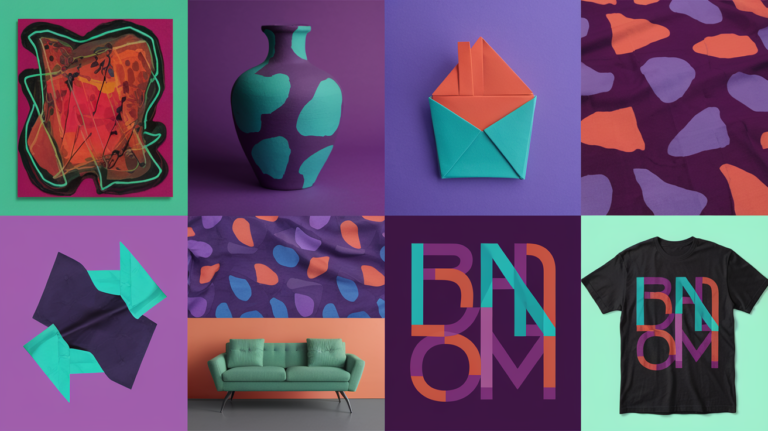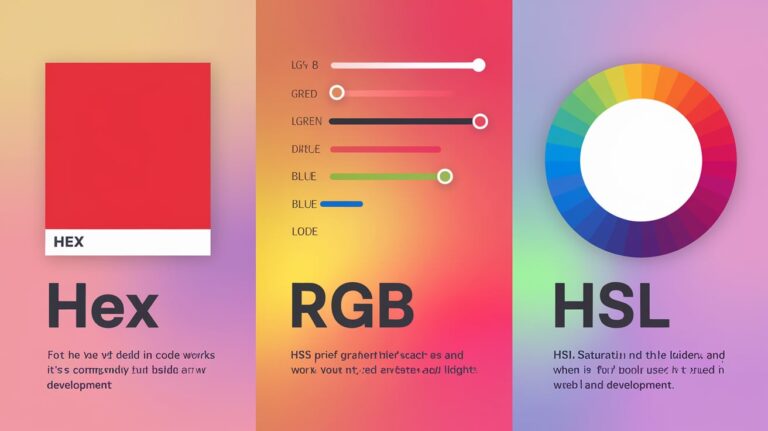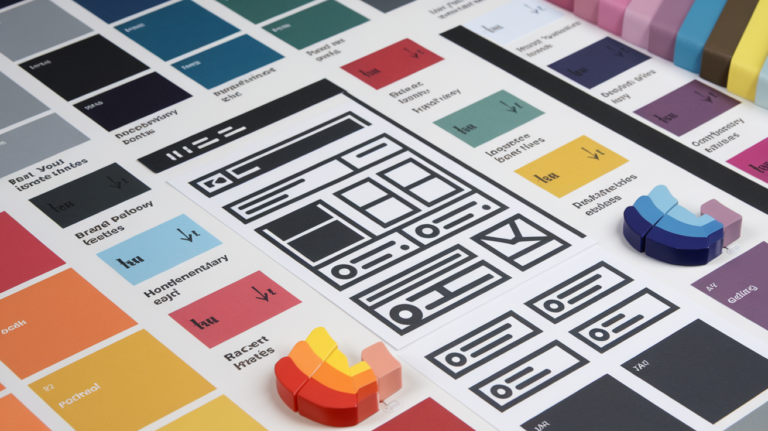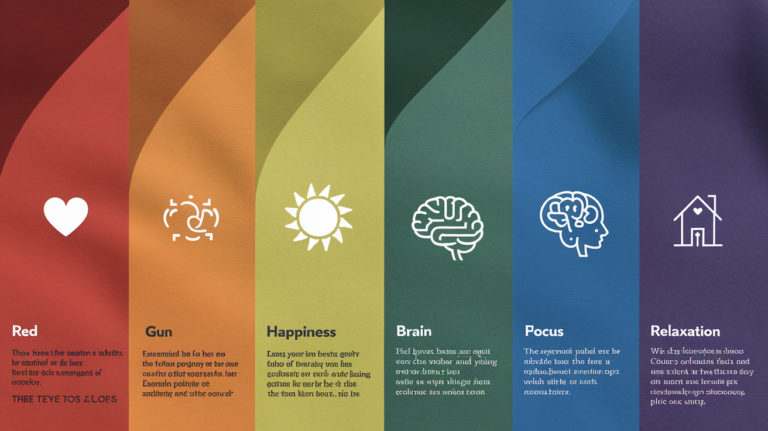What Is Color Theory and Why Does It Matter in Design?
Color theory is a foundational concept in art and design that examines how colors interact, how they can be combined, and how they affect human perception and emotions.
Understanding color theory is essential for designers and artists. It helps them make informed decisions about how to use color in their work, leading to effective visual communication.
This guide explores the principles of color theory and its significance in design.
The Basics of Color Theory
Color theory encompasses several elements that describe how colors are created, their relationships, and their emotional effects:
Primary Colors
Primary colors are the building blocks of all other colors. They cannot be created by mixing other colors and include:
- Red
- Blue
- Yellow
Secondary Colors
Secondary colors are formed by mixing two primary colors. They include:
- Green (Blue + Yellow)
- Orange (Red + Yellow)
- Purple (Red + Blue)
Tertiary Colors
Tertiary colors are combinations of primary and secondary colors. They include colors such as:
- Red-Orange
- Yellow-Green
- Blue-Purple
What Are The Color Wheel?
The color wheel is a visual representation of colors arranged according to their relationships.
It serves as a fundamental tool in color theory and assists designers in understanding harmonies, contrasts, and combinations. The color wheel can be divided into three main sections:
1. Complementary Colors
Complementary colors are opposite each other on the color wheel (e.g., red and green, blue and orange). When paired together, these colors create high contrast and vibrancy.
2. Analogous Colors
Analogous colors (e.g., blue, blue-green, and green) are next to each other on the color wheel. These combinations create a harmonious and soothing effect.
3. Triadic Colors
Triadic colors are evenly spaced around the color wheel (e.g., red, yellow, and blue). This scheme provides a balanced and vibrant palette.
Understanding Color Psychology
Colors evoke emotions and can influence perceptions. Understanding color psychology is crucial for designers since:
- Red can signify passion or urgency.
- Blue often conveys trust and calmness.
- Yellow evokes happiness and attention.
Using the right colors can guide audience reactions and enhance brand messaging.
Importance of Color Theory in Design
1. Effective Communication
Colors can communicate messages and emotions nonverbally. By using color strategically, designers can enhance their visuals and evoke specific responses.
2. Brand Identity
Color plays a significant role in establishing brand identity. Consistent use of color helps create brand recognition and associations. For example, a brand using blue might aim to project reliability and professionalism.
3. Visual Hierarchy
Color can help establish a visual hierarchy, directing the viewer’s attention to the most important elements in a design. Using contrast effectively can guide users to key information or calls to action.
4. Aesthetic Appeal
Well-chosen color combinations enhance the overall aesthetic quality of design work. Color harmony can make designs visually appealing, encouraging user engagement and positive experiences.
Practical Applications of Color Theory
1. Graphic Design
In graphic design, color theory is fundamental in creating logos, branding materials, and marketing collateral. Designers must consider color consistency and emotional impact.
2. Web Design
Web designers use color theory to enhance user experience and create inviting interfaces. Proper color contrast ensures legibility, while color schemes can help organize content visually.
3. Interior Design
Interior designers apply color theory to create mood and ambiance in living spaces. Understanding how color combinations affect the perception of space can help in selecting paint, furniture, and decor.
Final Thoughts
Color theory is an essential component of effective design, influencing how visuals are perceived and understood.
By grasping the principles of color relationships, color psychology, and their applications, designers can create impactful and aesthetically pleasing work.
Whether in graphic design, branding, or digital media, a solid understanding of color theory empowers designers to wield color as a tool for communication and expression, ultimately resonating with their audience.






